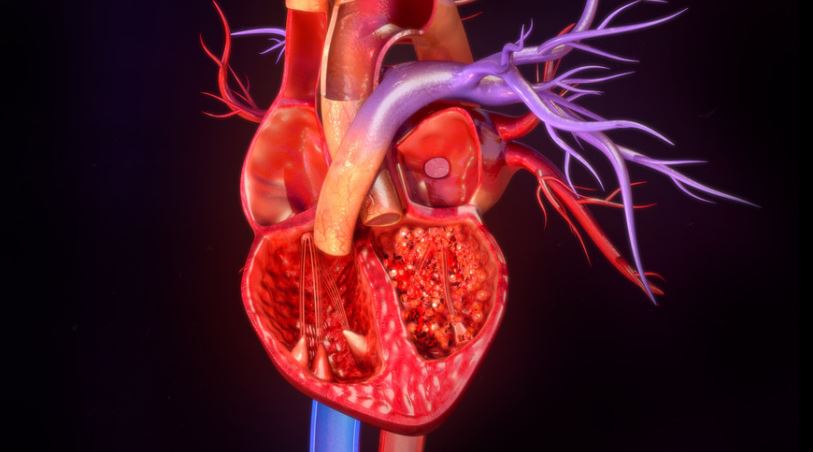Dr Ozan Demir
Consultant Cardiologist
Specialist expertise: Interventional Cardiology, Hypertension, Cholesterol, Coronary Artery Disease, Preventative Cardiology, Heart Valve Disease, Cardiology.
Aortic stenosis is a condition of the heart where the aortic valve is smaller or tighter than it should be.

Aortic stenosis is a condition of the heart where the aortic valve is narrower than it should be and as a result the valve moves less freely. The heart has to work harder contracting to push blood through the valve. The harder the heart contracts, the more the heart muscles thicken, becoming less efficient at pumping blood through the heart and around the body.
In most common cases the tightness occurs at the valve itself, but can also be above the valve or below the valve.
There are a number of reasons why aortic stenosis can occur, including:
Bicuspid Valve. Congenital heart defect – most people are born with three triangular-shaped flats of tissue called cusps. Some are born with only two cusps or even rarely both with only one or up to four cusps. In mild cases of aortic stenosis, it is picked up at a routine six-week check up alongside a heart murmur which is picked up at birth. In severe cases, children with aortic stenosis may experience breathlessness and not feed properly.
Degenerative Aortic Stenosis. Calcium builds up on the valve – over time, the heart valves can accumulate deposits of calcium which is a mineral found in your blood. Deposits of calcium can build up on the valve’s cusps when it flows over the aortic valve. Calcium build up is most common in older people with symptoms only showing between ages 70 – 80.
Rheumatic Heart Disease – after you’ve had a Streptococcal bacterial throat infection, rheumatic fever can cause your immune system that is fighting off the infection also attacking healthy tissue in the process. The scar tissue caused by rheumatic fever can form on the aortic valve, and narrow it, causing damage.
Aortic stenosis can lead to symptoms:
Once symptoms start, it is important to get assessed for treatment as soon as possible.
Investigations for this condition include:
Mild aortic stenosis does not require follow-up.
Moderate aortic stenosis will require regular supervision.
Severe aortic stenosis will require very close observation, and if symptoms occur, treatment will be needed urgently.
Treatments
Aortic Valve Replacement (AVR) – this involves either replacing or repairing the faulty valve to ensure function is fully restored to the heart. It can be done via a median sternotomy, or smaller cuts on the chest, through keyhole techniques.
Transcatheter Aortic valve insertion (TAVI/TAVR) – involves inserting a catheter into the blood vessel in your upper leg or chest and guiding up towards the aortic valve. The catheter is used to fix a replacement valve over the old one, putting less pressure on the heart than open-heart surgery.
Balloon Aortic Valvuloplasty (BAV) – using a balloon just to push open the valve is a temporary or emergency measure. it does not last, and is not a definitive treatment.
Dr Iqbal Malik, Director of Cardiology at OneWelbeck Heart Health explains the signs and symptoms of common valve conditions, including aortic valve stenosis
Currently selected day
Available consultations
The consultants at OneWelbeck Heart Health have been assembled based on their hard-earned international reputations and expertise. Together, they cover the major London teaching hospitals and leading cardiac services, making up the largest independent cardiology group in the UK.